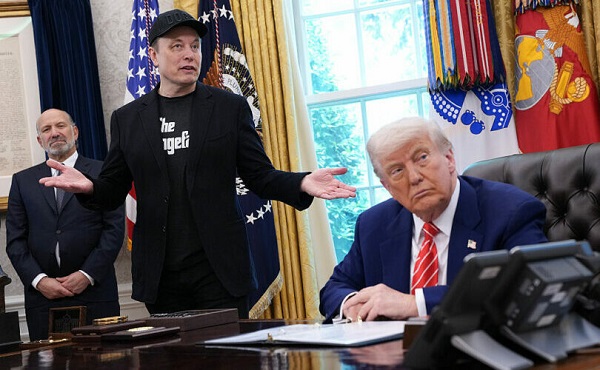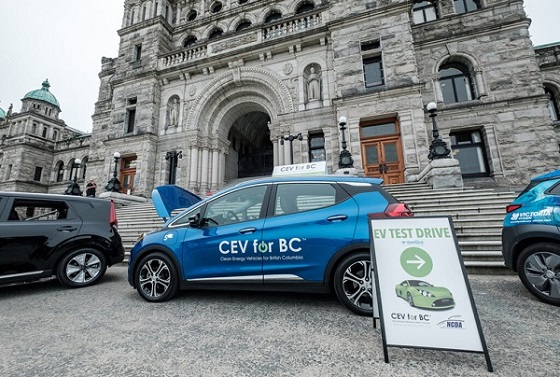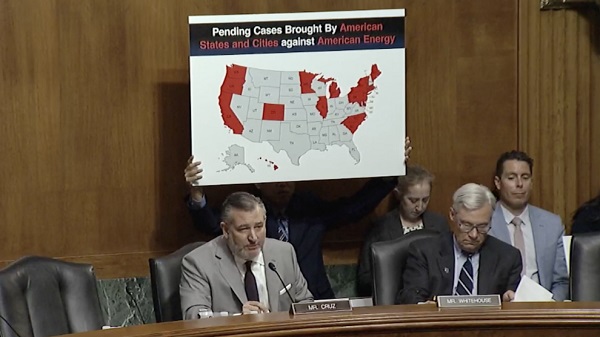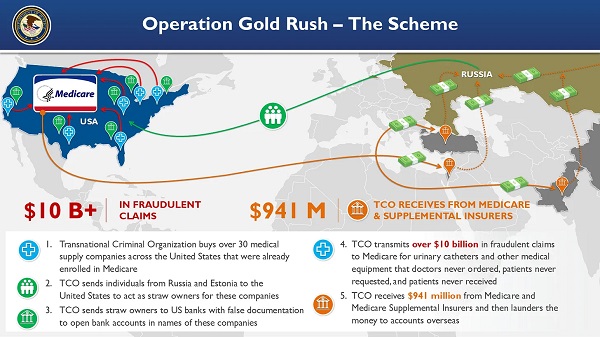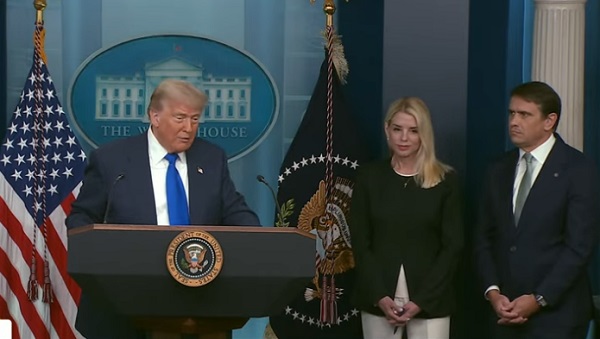Alberta
My European Favourites – Helsinki, Finland

 Founded only in the 16th century, Helsinki is the geographic, political, financial and cultural capital of Finland. In addition to the area Helsinki encompasses on the mainland, it includes over 300 islands on the inlets and bays of the easternmost arm of the Baltic Sea, the Gulf of Finland. Combined with Stockholm and Tallinn, Helsinki is one of our top tour destinations for youth hockey and ringette teams for over twenty years. Finns are avid sports people and great hosts for our Canadian groups.
Founded only in the 16th century, Helsinki is the geographic, political, financial and cultural capital of Finland. In addition to the area Helsinki encompasses on the mainland, it includes over 300 islands on the inlets and bays of the easternmost arm of the Baltic Sea, the Gulf of Finland. Combined with Stockholm and Tallinn, Helsinki is one of our top tour destinations for youth hockey and ringette teams for over twenty years. Finns are avid sports people and great hosts for our Canadian groups.

View of Helsinki harbour’s busy Market Square and the prominent Lutheran Cathedral.
Before gaining independence in 1917, Finland was ruled by the Swedes and Russians. The city was founded by Sweden’s King Gustav in 1550 to rival the Hanseatic League member city once known as Reval. Today, Reval is known as Tallinn, Estonia, and it can be reached by a two hour ferry ride.
In 1809, Russia gained control of Helsinki, and in 1812, moved Finland’s capital city from Turku to Helsinki. The decision was made because Helsinki was closer to St. Petersburg and easier to defend because of the Sveaborg sea fortress which guards the sea entrance into the city. Today the sea fortress is named Suomenlinna, and is one of the city’s most popular attractions.
The population of Helsinki proper is about 650,000, and it has a metro population of around 1.5 million including its neighboring municipalities like Vantaa and Espoo. This makes it the 3rd largest city of the Nordic countries, after only Stockholm and Copenhagen. While having all the conveniences of a modern city, Helsinki is a great destination for nature lovers. There are parks and vast areas of unspoilt nature to explore year round. In the summer months, when days are long, there are beaches, boating and watersport opportunities on the sea or at nearby lakes.
Helsinki has an interesting mix of various architectural styles including modern structures that are on the cutting edge of design. The city has a vibrant nightlife with many clubs, bars and late night eateries. The culinary scene is varied from the popular local hamburger chain, Hesburger, to Michelin-star restaurants. There is even a restaurant in the city centre decorated with rustic tables and old tractors serving traditional reindeer dishes. If you want to enjoy a beer while passing Helsinki’s main sights, you may be interested in the Sparakoff Pub Tram. The red colored tram with the destination board reading “PUB” takes about 45 minutes to make a round trip. Plenty of time to enjoy a beverage or two.

The Russian Orthodox Uspenski Cathedral, the Allas Sea Pools and the Sky Wheel Helsinki.
Katajanokka Island
Inaugurated in 1868, the Uspenski Cathedral is the center of the Eastern Orthodox faith in Finland. The cathedral was built using 700,000 red bricks that were brought in by barge from a demolished fortress in the Baltic. Entrance to the cathedral is free, and about half a million tourists visit it annually to see the elaborately decorated interior and several valuable icons. The cathedral was built upon a hillside of the Katajanokka island, which forms the eastern side of the city center and the Helsinki harbour. Overlooking the city, the cathedral is a great place to start our journey through Helsinki.
Walking down from the cathedral to the waterfront, we immediately see the 40 meter tall Sky Wheel Helsinki. The wheel offers great views of the city, the sea and the surrounding islands. The wheel has two unique gondolas. One’s interior has leather seats with a glass floor and includes a bottle of champagne for a 30 minute ride. The other is the SkySauna. Yes, we all know Finns love their saunas, so why not combine a ferris wheel ride with a sauna.
Next to the wheel, we find the Allas Sea Pool which has three pools right in the Heslinki harbour. One pool is for lap swimming, one is for families and one is a salt water pool. The fresh water pools are heated, the salt water pool is not. In addition to the pools, there are saunas and a restaurant with terraces to enjoy the views. For those looking to experience a Finnish sauna, it’s a convenient location. If you have time, I would recommend the Löyly sauna which is located near the Tallin ferry terminal. There are many places in Helsinki offering a sauna, so finding one is easy.

The Presidential Palace, Market Square and a food vendor selling a fish and vegetable lunch.
Kauppatori Market Square
Taking one of the little bridges from Katajanokka island to the market square we will pass the yellow Presidential Palace. The former Russian imperial palace, contains the Office of the President of the Republic and is used for official functions and receptions. Continuing past the palace, we arrive at the Kauppatori Market Square. The square has been a marketplace for hundreds of years and is a popular tourist attraction. The year round market’s kiosks sell fresh fish, fruit, vegetables, handcrafts, clothing and souvenirs. There are also stands that sell prepared food and beverages. A warm bowl of salmon soup with rye bread or a plate of grilled fish with vegetables make a quick, inexpensive and tasty lunch. The square faces the busy Port of Helsinki (Helsingen Satama) and from here you can take boat tours of the archipelago or to the Suomenlinna Island fortress. You can also see the huge Viking and Silja Line ferries arriving in the morning and departing in the evening for Stockholm.

Senate Square with the Helsinki Cathedral. Group photo of our 2016 World Juniors fan tour.
Senate Square
The light blue Helsinki City Hall is located right in front of the Market Square. Taking a side street along the City Hall we will arrive at the expansive Senate Square with a statue of Russian Czar Alexander II at its centre. The white neo-classical Lutheran Helsinki Cathedral, built in 1852, dominates the north side of the square and towers over the city center. The west and east sides of the square have two similarly looking yellow buildings. The eastern building houses the offices of the prime Minister of Finland and the cabinet. The one on the west side is the main building of the University. North of the University building is the National Library of Finland. The ‘Sederholm house” on the southeast corner of the square is the oldest, built in 1757. The square is used for many events including art displays, food festivals, concerts, New Year’s celebrations and the Christmas market.

Helsinki’s Old Market Hall, the Havis Amanda fountain and the Esplanadi’s pedestrian walkway.
The Old Market Hall and the Esplanadi
Walking back towards the harbour, we will go past the market square on the west side of the harbour to Helsinki’s Old Market Hall. Open in 1889, it is Finland’s oldest indoor market. In the lively market you will find merchants selling meat, fish, shellfish, cheese, fruit, vegetables, baked goods, spices, coffee, tea and even a small wine and spirits shop. The cafés and restaurants in the Old Market Hall are a great place to have a break from sightseeing or have a nice lunch.
After grabbing a coffee at the Market, we head back towards the market square and to an interesting fountain that was built in 1908. The Havis Amanda fountain has a nude female statue, often referred to as Manta, at the centre. It was created by Finnish artist Ville Vallgren at his studio in Paris, France. The fountain has four seals looking up to the sea nymph as she rises out of the water. The first of May is the start of the summer for students and in celebration they would don a white cap. Since the early days of the fountain, students have celebrated “May Day” by placing a cap on the head of Manta.
The Havis Amanda fountain sits at the foot of the National urban park called the Esplanadi. This elongated park, opened in 1818, has a wide pedestrian center with numerous benches and green space on either side. The historic Kappeli restaurant, open since 1867, and the Espa Stage, used for concerts, are at the eastern entrance to the Esplanadi. There are pieces of art throughout the Esplanadi including a statue of Finland’s national poet, Johan Ludvig Runeberg, at the very centre of the park. At the western end of the park, we find the Swedish language theatre aptly named, the Swedish Theatre. Originally built in 1860, it burned down just three years later. In 1866, it was rebuilt in neo-classical style, but in 1935 it was renovated and the richly decorated exterior was changed by the architects to a simpler “functionalist” style.
The Esplanadi has a street on either side of the park and the surrounding buildings, especially on the north side, have upscale shopping and restaurants. On the north west end of the park just across the street from the Swedish Theatre is the Stockmann Department Store. The iconic Stockmann building, the largest department store in the Nordic countries, was built in 1930 and the brand’s history dates back to 1858.

The entrance façade and clock tower of the Helsinki Train Station. The unique Kamppi Chapel.
The Central Station, Art and A Chapel of Silence
Turning right at the Mannerheimintie street, we walk about 200 meters to Kaivokatu street where we can see the train station on the right. The Helsinki Central Station is the main hub for commuter and long-distance trains for approximately 200,000 people per day. The impressive Finnish granite building was inaugurated in 1919 and has a pair of statues standing guard while holding spherical lamps on each side of the grand entrance. Along with the “stone men,” the station is known for the clock tower on its east side. The Helsinki Central Station has a city metro station, restaurants and an underground shopping centre.
Beyond the train station is a huge open space called the Rautatientori, or Railway Square. On the south side of the square is the Ateneum, the museum of Finnish and international art. The museum, in a beautiful 1887 building, has Finnish works of art from the 18th century to the 20th century and is one of the three museums that form the Finnish National Gallery. In addition to the extensive art from Finland, it has over 600 international pieces.
Going back on Kaivokatu street we cross Mannerheimintie street to Simonkatu street and walk about a block. We will see a curious looking oval cylindrical building with a wood exterior. This is the very unique Kamppi Chapel or the “Chapel of Silence.” The chapel holds up to 60 people and is intended to be a place of calm and silence in a busy urban centre. The chapel is free to visit during opening hours.

The Lutheran Temppeliaukio Church’s alter, pipe organ and the upper balcony.
Parliament and Museum District & Rock Church
After enjoying a moment of silence, we make our way back to Mannerheimintie street and continue along it until we reach Mannerheim Square and the equestrian statue of Marshall Gustaf Mannerheim. The bronze statue of the Finnish military leader and statesman was erected in 1960. The statue sits in front of the Kiasma, the museum of contemporary art, which was built in 1990. Like the Ateneum, the Kiasma is part of the Finnish National Gallery. Near the Kiasma, you will find the architecturally striking Helsinki Central Library Oodi, the Helsinki Music Centre, the National Museum of Finland and the event and congress center, Finlandia Hall. Across the street from the Mannerheim statue, we also find the Finnish Parliament building. The red granite parliament building with fourteen Corinthian columns was built in 1931.
Only a couple of minutes walk from the Mannerheim Square is the Temppeliaukion Kirkko, which is better known as the Rock Church. Designed by architect brothers Timo and Tuomo Suomalainen and opened in 1969, the Lutheran church was built into solid rock, and is filled with natural light from the large skylight that leads up to the copper dome. The acoustics in the church are exceptional and it is frequently used for concerts. The exposed rock walls of the church create an interesting backdrop for the altar and an interesting contrast with the church organ with 3001 pipes. The church welcomes over half a million visitors a year.

The Sibelius monument, our Oilers group with Jari Kurri at Hartwall Arena and the pub tram.
The Sibelius Monument and the Olympic Stadium
West of Helsinki’s city center is Seurasaarenselkä Bay. On the eastern side of the bay, you will find Sibelius Park and the Sibelius Monument. The monument, made from more than 600 hollow steel pipes, is dedicated to Finland’s greatest composer, Jean Sibelius. He is noted for having encouraged, through his works, the rise of a Finnish national identity and independence from Russia. In the center of the bay is the densely forested Seurasaari island which is home to the Seurasaari Open-Air Musuem. The museum has transplanted wooden buildings from throughout Finland.
In 1952, Helsinki was the host city for the 15th Olympiad and is the northernmost city to host the summer Olympics. The flame was lit by Finland’s greatest Olympian, runner Paavo Nurmi, who won 9 gold and 3 silver medals at the 1920, 1924 and 1928 games. The Olympic Stadium is located only two kilometers north of the city centre and was originally built for the 1940 Olympics that were cancelled due to the second World War. The stadium has undergone renovations in the early 1990s, in 2005 for the World Championships in Athletics, and another renovation phase was scheduled to be completed in 2020. Over time, the stadium has gone from being able to host 70,000 spectators to just over 40,000. The stadium today hosts mainly soccer games, athletics competitions and concerts. The stadium’s 72 meter tower is a Helsinki landmark and its height is equal to the length of Matti Järvinen’s gold medal javelin throw in the 1932 Summer Olympics. The stadium visitor center is located at the foot of the tower. While in Finland, you may want to try the alcoholic “Long Drink” that was developed to serve visitors to the 1952 Olympics. Locally the Long Drink is called a “Lonkero” and the original, a mix of gin and grapefruit soda, is made by Hartwall.
Not far from the Olympic Stadium is the Linnanmäki amusement park, which opened in 1950. The park is owned by a non-profit agency that operates the park to raise funds for Finnish child welfare programs. South of the park is Töölö Bay with a surrounding green space, walking paths and two important cultural centres, the Helsinki City Theatre and the Finnish National Opera and Ballet.
A couple of kilometers north of Linnanmäki is the 14,000 seat Hartwall Arena, which is the home of the KHL’s Jokerit hockey team. The arena was built in 1997 and is used mostly for basketball, hockey and concerts. In 2016, we had a large group of Canadian hockey fans in Helsinki for the IIHF World Junior Hockey Championships, and the Hartwall Arena was the main venue for the tournament. Finland won gold with a team loaded with future NHLers Sebastian Aho, Patrick Laine, Mikko Rantanen, Kasperi Kapanen, Olli Juolevi and tournament MVP Jesse Puljujarvi. The atmosphere in the arena was electric with thousands of patriotic Finns erupting in joy at the final whistle. If Canada can’t win, the next best thing is to get caught up in the passion of the local fans.
In the fall of 2018, we had a group of Edmonton Oilers fans in Gothenburg, Sweden for the NHL season’s opening game against the New Jersey Devils. At the end of the tour, we took the overnight ferry from Stockholm to Helsinki. During our city tour, we stopped at the Hartwall arena and we surprised the group with a meeting with Oilers legend Jari Kurri. After many photos and autographs, Kurri, who was the General Manager of local team Jokerit, graciously talked hockey and watched practice with us.

The Suomenlinna ferry leaving from Market Square, the fortress walls and the dry dock.
Suomenlinna
The Suomenlinna, or Sveaborg, is an inhabited sea fortress built on eight islands south east of the city centre at the entrance to Helsinki harbour. A UNESCO World Heritage site, it was originally founded by the Swedes in 1748, but in 1808, the fortress was overtaken by Russia. It remained in Russian control until Finnish independence in 1918. The fortress welcomes over half a million tourists and locals annually. The summer months are especially busy and Suomenlinna can be easily reached by a short ferry ride from Market Square.
There are just under 1000 permanent residents on Suomenlinna and just under 400 people who work on the island year-round. Some of the reconstruction of the fortifications and general maintenance is done by volunteer inmates, who are part of an on-site minimum-security penal labour colony. A guided visit to the fortress includes Great Castle Courtyard, Piper’s Park and the large Dry Dock. There are various museums at Suomenlinna including one detailing the life of Swedish officers in the 18th century, a toy museum, a military museum, a submarine museum and a customs museum. The main Suomenlinna Museum, located in the Suomenlinna Centre, details the history of the fortress and its restoration.

The Silja Line ferry, leaving the Helsinki harbour, and the ship’s entertainment lounge.
Ferry to Stockholm, Tallinn, Riga and St. Petersburg
Getting around the Baltic Sea is easy with the numerous daily sailings by large ferry boats that include onboard shopping, restaurants, entertainment, and cabin quarters for overnight trips.
From the Helsinki Harbour in the city center, there are two sailings per day to Stockholm, Sweden. The Tallink Silja line uses the Olympia Terminal on the west side of the harbour, while the Viking Line has their terminal on the east side of the harbour on Katajanokka island. The overnight ferries leave in the early evening, and arrive in Stockholm the next morning, about 17 hours later. Prices for a return trip are very affordable.
The newer West Harbour outside of the city center is where you can catch the numerous daily two hour ferries to Tallinn, Estonia. A day trip to Tallinn departing Helsinki in the morning and returning in the evening is common although I would recommend a stay in Tallinn if you have time. The West Harbour is also where you can take the St. Peters Ferry to St. Petersburg, Russia, and with a stay of less that 72 hours you can do it without a visa. These are the main ferry routes, but there may be ferry services to Latvia, Germany and other destinations available.
Lets Go To Helsinki
Even though Helsinki is young city by European standards, it is a great place to visit. In addition to the activities and sights I have outlined here, other parts of Finland, including Lapland, are worth exploring. I have found people in Finland to be friendly, warm, open and sincere. Finland is very safe, and the country regularly ranks high on the list of the best places to live in the world. With convenient and low cost travel by ferry to neighboring countries, it is an easy add to any itinerary of the Baltic region. I look forward to returning to Helsinki with a hockey or ringette group very soon, and in 2027, Finland is scheduled to host the World Juniors again.
Explore Europe With Us
Azorcan Global Sport, School and Sightseeing Tours have taken thousands to Europe on their custom group tours since 1994. Visit azorcan.net to see all our custom tour possibilities for your group of 26 or more. Individuals can join our “open” signature sport, sightseeing and sport fan tours including our popular Canada hockey fan tours to the World Juniors. At azorcan.net/media you can read our newsletters and listen to our podcasts.
Read more stories from Paul Almeida.
Images compliments of Paul Almeida and Azorcan Tours.
Agriculture
Lacombe meat processor scores $1.2 million dollar provincial tax credit to help expansion

Alberta’s government continues to attract investment and grow the provincial economy.
The province’s inviting and tax-friendly business environment, and abundant agricultural resources, make it one of North America’s best places to do business. In addition, the Agri-Processing Investment Tax Credit helps attract investment that will further diversify Alberta’s agriculture industry.
Beretta Farms is the most recent company to qualify for the tax credit by expanding its existing facility with the potential to significantly increase production capacity. It invested more than $10.9 million in the project that is expected to increase the plant’s processing capacity from 29,583 to 44,688 head of cattle per year. Eleven new employees were hired after the expansion and the company plans to hire ten more. Through the Agri-Processing Investment Tax Credit, Alberta’s government has issued Beretta Farms a tax credit of $1,228,735.
“The Agri-Processing Investment Tax Credit is building on Alberta’s existing competitive advantages for agri-food companies and the primary producers that supply them. This facility expansion will allow Beretta Farms to increase production capacity, which means more Alberta beef across the country, and around the world.”
“This expansion by Beretta Farms is great news for Lacombe and central Alberta. It not only supports local job creation and economic growth but also strengthens Alberta’s global reputation for producing high-quality meat products. I’m proud to see our government supporting agricultural innovation and investment right here in our community.”
The tax credit provides a 12 per cent non-refundable, non-transferable tax credit when businesses invest $10 million or more in a project to build or expand a value-added agri-processing facility in Alberta. The program is open to any food manufacturers and bio processors that add value to commodities like grains or meat or turn agricultural byproducts into new consumer or industrial goods.
Beretta Farms’ facility in Lacombe is a federally registered, European Union-approved harvesting and meat processing facility specializing in the slaughter, processing, packaging and distribution of Canadian and United States cattle and bison meat products to 87 countries worldwide.
“Our recent plant expansion project at our facility in Lacombe has allowed us to increase our processing capacities and add more job opportunities in the central Alberta area. With the support and recognition from the Government of Alberta’s tax credit program, we feel we are in a better position to continue our success and have the confidence to grow our meat brands into the future.”
Alberta’s agri-processing sector is the second-largest manufacturing industry in the province and meat processing plays an important role in the sector, generating millions in annual economic impact and creating thousands of jobs. Alberta continues to be an attractive place for agricultural investment due to its agricultural resources, one of the lowest tax rates in North America, a business-friendly environment and a robust transportation network to connect with international markets.
Quick facts
- Since 2023, there are 16 applicants to the Agri-Processing Investment Tax Credit for projects worth about $1.6 billion total in new investment in Alberta’s agri-processing sector.
- To date, 13 projects have received conditional approval under the program.
- Each applicant must submit progress reports, then apply for a tax credit certificate when the project is complete.
- Beretta Farms has expanded the Lacombe facility by 10,000 square feet to include new warehousing, cooler space and an office building.
- This project has the potential to increase production capacity by 50 per cent, thereby facilitating entry into more European markets.
Related information
Alberta
Alberta Next: Alberta Pension Plan

From Premier Danielle Smith and Alberta.ca/Next
Let’s talk about an Alberta Pension Plan for a minute.
With our young Alberta workforce paying billions more into the CPP each year than our seniors get back in benefits, it’s time to ask whether we stay with the status quo or create our own Alberta Pension Plan that would guarantee as good or better benefits for seniors and lower premiums for workers.
I want to hear your perspective on this idea and please check out the video. Get the facts. Join the conversation.
Visit Alberta.ca/next
-
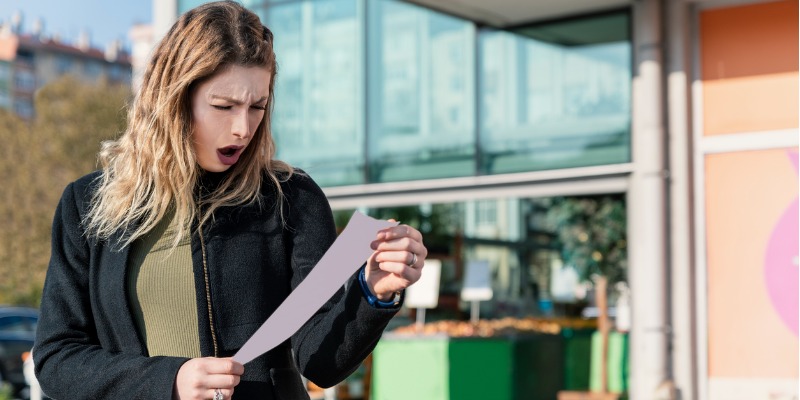
 Business1 day ago
Business1 day agoCanada’s loyalty to globalism is bleeding our economy dry
-

 armed forces1 day ago
armed forces1 day agoCanada’s Military Can’t Be Fixed With Cash Alone
-

 Alberta1 day ago
Alberta1 day agoAlberta Next: Alberta Pension Plan
-

 Alberta1 day ago
Alberta1 day agoCOVID mandates protester in Canada released on bail after over 2 years in jail
-
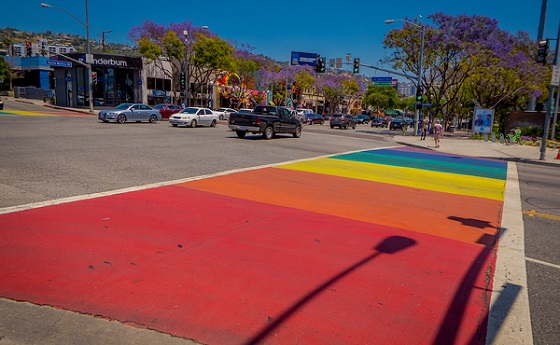
 International1 day ago
International1 day agoTrump transportation secretary tells governors to remove ‘rainbow crosswalks’
-
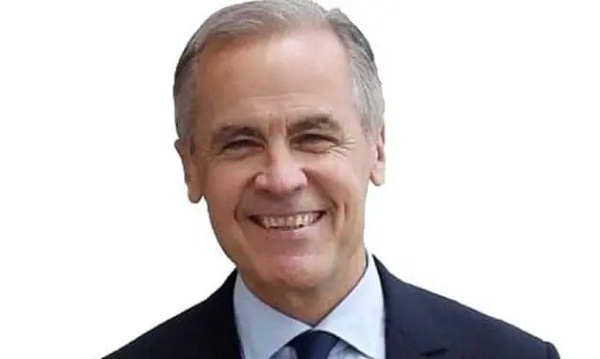
 Business1 day ago
Business1 day agoCarney’s spending makes Trudeau look like a cheapskate
-

 Crime2 days ago
Crime2 days agoProject Sleeping Giant: Inside the Chinese Mercantile Machine Linking Beijing’s Underground Banks and the Sinaloa Cartel
-
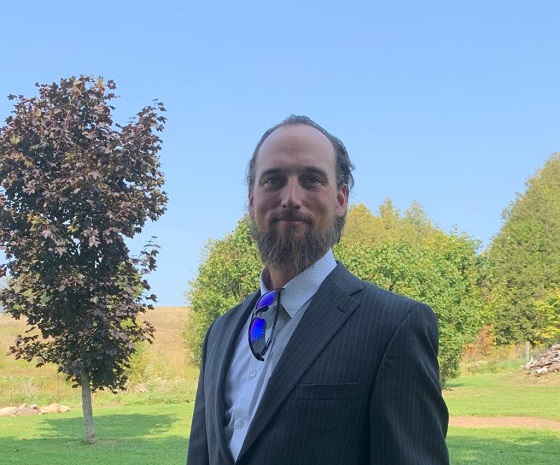
 COVID-1921 hours ago
COVID-1921 hours agoCourt compels RCMP and TD Bank to hand over records related to freezing of peaceful protestor’s bank accounts


